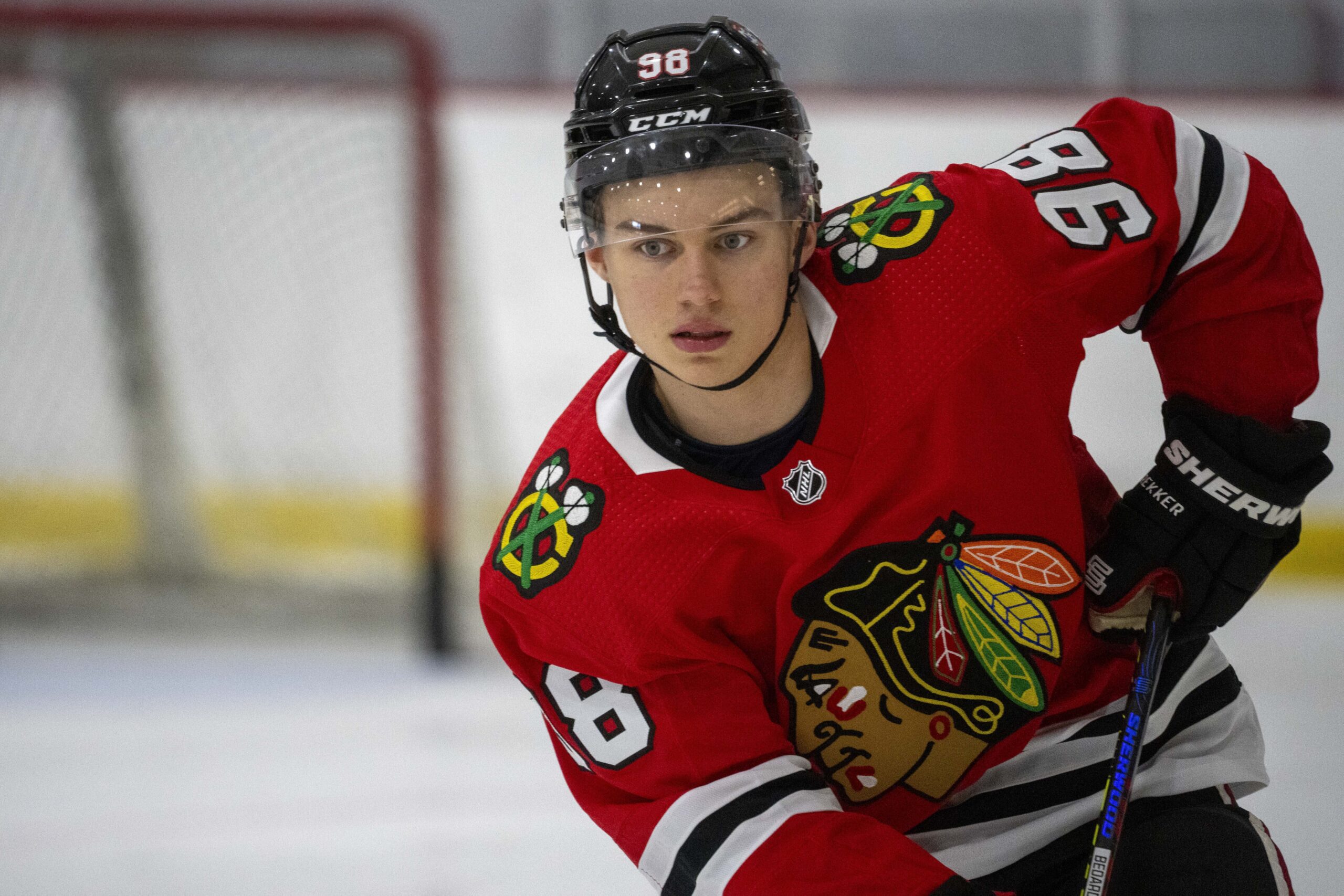The arrival of Connor Bedard in Chicago was heralded as the dawn of a new era for the Blackhawks. A generational talent, the young forward carried immense expectations on his shoulders from the moment he stepped onto NHL ice. While Bedard has undoubtedly showcased flashes of the brilliance that made him the first overall pick, demonstrating elite skill and an undeniable drive, his individual performance metrics and overall impact are beginning to raise questions – not necessarily about his potential, but about the environment the team has built around him.
Bedard completed his sophomore season, a period often marked by significant growth for young stars. While his point production remained respectable, critics point to his significant plus/minus rating (a concerning minus-80 over two seasons) and struggles in the faceoff circle (well below 40%). These figures aren`t just personal stats; they reflect the demanding circumstances he faces, often matched against opponents` top lines without adequate complementary support or defensive insulation.
Contrast this situation with that of other highly-touted young players entering the league. Take Macklin Celebrini in San Jose, for instance. As a rookie, Celebrini benefited from having an experienced center like Alex Wennberg, who handled significant defensive responsibilities and faceoff duties. This allowed Celebrini to transition more smoothly, focusing on his offensive game without being immediately burdened by the full weight of a struggling team`s defensive assignments. It`s the kind of veteran presence Bedard hasn`t consistently had.
The Blackhawks` attempts to add support last summer, bringing in players like Teuvo Teravainen, Tyler Bertuzzi, Alec Martinez, and TJ Brodie, yielded mixed results. Martinez has retired, Brodie was bought out, and while Teravainen and Bertuzzi contributed, they weren`t the stabilizing forces needed to significantly elevate the team or shield Bedard. Now, with over $22 million in cap space, the Blackhawks find themselves in a peculiar position: ample funds, but a shallow free-agent market this summer offering few immediate top-tier solutions.
While Chicago possesses promising prospects in their pipeline, such as Frank Nazar, defenseman Artyom Levshunov, and recent draft pick Anton Frondell, these players are still developing. They represent future pieces of the puzzle, not the established support Bedard needs *right now* to take the next step and avoid stagnating in a challenging role. The comparison to San Jose`s rebuild trajectory, which seems to have assembled a more complementary young core faster (Smith, Eklund), feels increasingly relevant and perhaps, for Blackhawks fans, a touch ironic given their prior rebuild success.
Historically, many generational talents didn`t have to navigate their early NHL years as solo acts. Wayne Gretzky had Mark Messier, Sidney Crosby had Evgeni Malkin, and Connor McDavid benefits from playing alongside Leon Draisaitl. These duos, or trios, provided immediate high-end support, shared the offensive burden, and accelerated their team`s rise. Bedard, by contrast, appears to be shouldering an almost singular load, a talented individual on an island. While the 2026 free agency class is rumored to be strong, offering a potential opportunity to attract significant talent with the “play with Bedard” pitch, can the Blackhawks afford to wait that long?
The clock is ticking, not just on the rebuild timeline, but on ensuring their most valuable asset develops in an environment conducive to success. Relying solely on prospects and waiting for future free agency classes places an immense, perhaps unnecessary, strain on Bedard. The Blackhawks need to explore all avenues, including the trade market, to bring in established, impactful players who can provide immediate assistance, share responsibilities, and turn Bedard`s island into a thriving continental offense.

